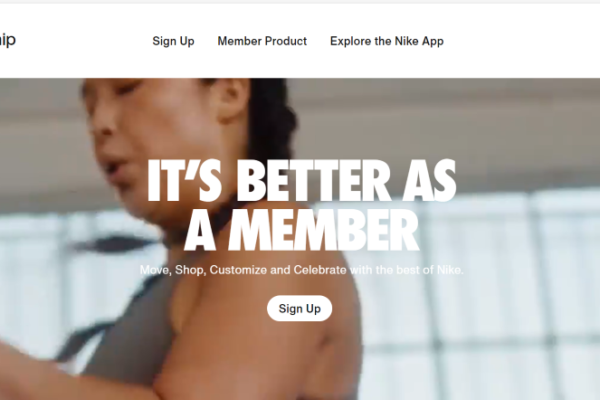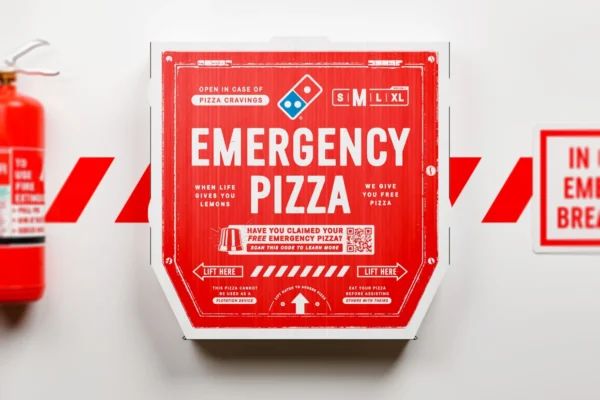Facebook Instagram Linkedin Youtube Table of content Exploring the Aesthetic Medical Industry Differentiating the Treatment of Patients as Per Their Expectations Implementing …

The Psychology of Commitment: Why Paid Memberships are Outperforming Subscription Models.
Key Takeaways from this Issue:
2. Crafting a strong value stack outside of product offerings
Subscription models are more saturated than ever. From the media we consume, to gym and meal subscription models, this generation is undoubtedly heading towards subscription fatigue.
Forward thinking brands are turning to a powerful alternative: paid memberships.
But what makes memberships so compelling, and why are they outperforming traditional subscription models in terms of customer retention and revenue growth?
The answer lies in consumer psychology and the way these models tap into our deepest decision-making processes.
The Power of Sunk Cost in Customer Retention
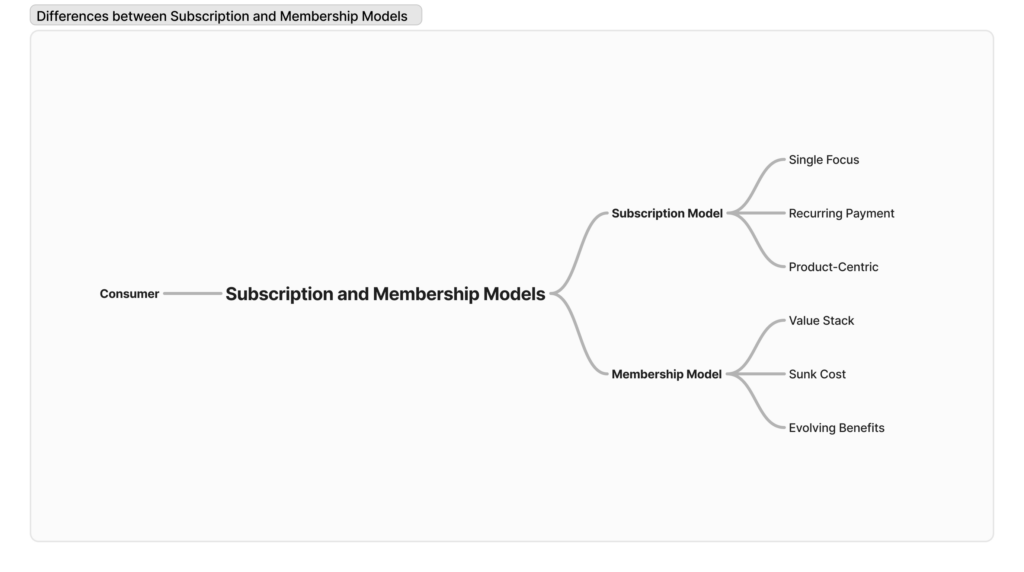
At the heart of the membership model’s success is the psychological principle of sunk cost. And the sunk cost fallacy is essentially a phenomenon that as humans, we have a natural tendency to finish what we’ve started once there’s time, effort, or money involved.
When applied ethically in business strategies, the sunk cost fallacy could be a powerful tool for marketers or even business owners trying to grow revenue and engagement.
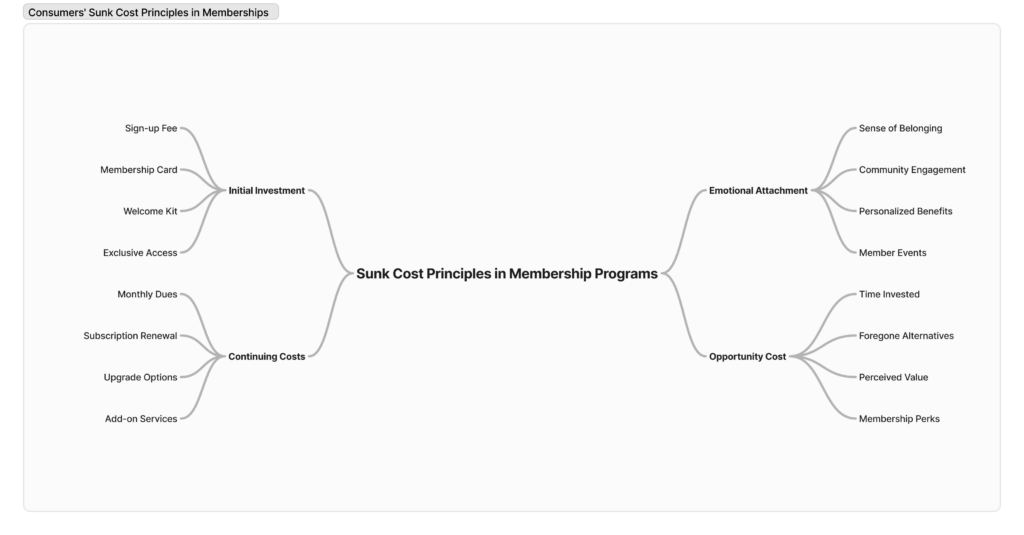
Jay Myers, co-founder of Bold Commerce, highlights how successful membership programs leverage this principle to enhance customer loyalty. By reminding users of what they’re getting—and potentially what they’d be missing if they went elsewhere—brands create a strong incentive for continued engagement and reduce churn rates [1].
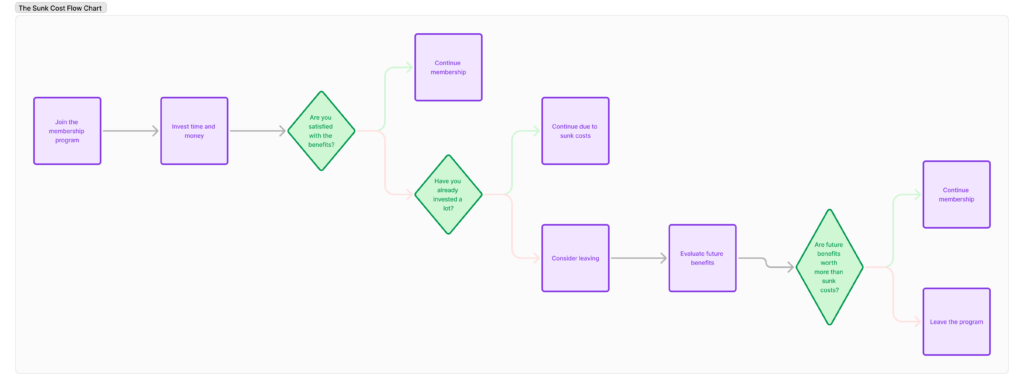
Spotify exemplifies this customer retention strategy: the more time subscribers spend building playlists and allowing the algorithm to learn their preferences, the harder it becomes to leave the platform, thus increasing customer lifetime value.
The Value Stack: What Paid Memberships Offer Beyond Subscriptions
While traditional subscription models often focus on a single aspect—be it replenishment, curation, or access—successful memberships offer a comprehensive “value stack.”
This approach addresses one of the key vulnerabilities of subscription models: the inevitability of subscriber fatigue, which can lead to, you guessed it – high churn rates.
Grab has been one of the pioneers in establishing a growing paid membership program. Its GrabUnlimited membership program serves as a prime case study in membership monetisation within the APAC region.
By offering a suite of benefits across its various services—ride-hailing, food delivery, and digital payments—Grab has created a value proposition that goes far beyond any single service.
Information about Grab’s services and membership program is publicly available through their official website and press releases.
What about businesses with a more focused product range?
The Perception of Increasing Value through Monthly Payments
Creating engaging membership programs requires a touch of creativity and to deliver value directly to your customers’ needs, here are some strategies to consider:
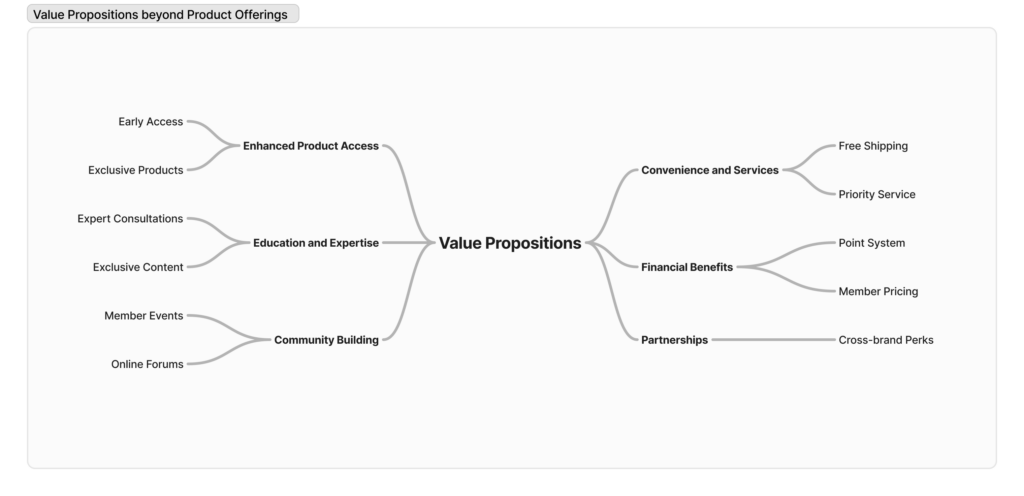
Increasing Perceived Value through Partnerships in APAC
A key strategy in successful membership programs, particularly evident in the APAC/SEA region, is continuously increasing the perceived value without significantly impacting the company’s bottom line. This is often achieved through strategic partnerships and negotiated benefits.
For example:
- Singapore Airlines KrisFlyer (Southeast Asia): Singapore Airlines’ KrisFlyer program partners with a wide range of businesses, from hotels and car rental companies to retail outlets. These partnerships allow KrisFlyer to offer members a broad spectrum of benefits beyond just air travel, significantly increasing the perceived value of membership without directly impacting Singapore Airlines’ costs.
- GrabRewards (Southeast Asia): Grab’s rewards program partners with numerous merchants across different Southeast Asian countries. Members can use their points for discounts or freebies from these partners, enhancing the value proposition of the membership without Grab bearing the full cost of these rewards.

So, are Paid Memberships the Future of Customer Engagement?
As we’ve explored throughout this article, paid memberships are outperforming traditional subscription models for several key reasons:
Psychological Buy-In
Getting your customers emotionally invested works in favour for your membership programs. Unlike subscriptions, which can feel like recurring bills, memberships build a sense of belonging and investment.
Building True Value Stacks
True value stacks go beyond monetary value, enabling a holistic perspective when curating your program experience will relief your program of subscription fatigue.
Increasing the Value to Cost Ratio
Adding on to point 2, programs that seek out partnerships and external value adds are able to create the perception of continuously increasing value, often without significantly impacting the company’s bottom line. Creating a sustainable, win-win situation.
The shift from subscriptions to memberships represents a fundamental change in how businesses are approaching customer relationships, and the ones who are locking in a single value subscription program is at risk of losing that emotional connection with their consumers.
As we move forward the coming year, businesses are leveraging memberships and experience driven campaigns to drive long term brand recognition, engagement, and loyalty.
Related Posts
Facebook Instagram Linkedin Youtube Table of content Key Details Strategic Takeaways for Marketers What You Can Learn JD Sport and Nike Launch …
Facebook Instagram Linkedin Youtube Table of content Key Takeaways from Domino’s Loyalty Refresh The Proof is in the Pizza: Results Why It …


